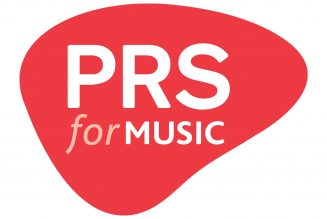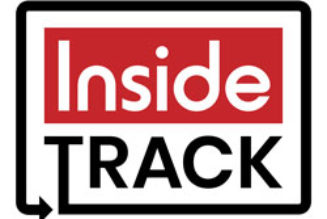
Times Tower in Nairobi, the headquarters of Kenya Revenue Authority. FILE PHOTO | DENNIS ONSONGO | NMG
The Kenya Revenue Authority (KRA) collected Sh1.03 trillion between July and Friday last week, after November revenues grew by 15.8 percent to Sh180.7 billion, compared to a similar month of 2022.
The collections were however a further fall in KRA’s annual target, as it continues to struggle to raise revenues, amid harsh economic times for Kenyans and businesses.
Between July and November, the taxman collected Sh963.7 billion which was 34.6 percent of the Sh2.787 trillion target for the 2023/24 financial year. During a similar period, last year, the revenue administrator had collected Sh856.6 billion (40 percent) of the Sh2.145 trillion annual target.
“Revenue collection has progressively increased in the last five months (July –November 2023/24) after KRA collected Sh963.746 Billion compared to Sh856.646 Billion collected in the same period last financial year, representing a growth of 12.5 percent,” noted a statement by KRA’s Commissioner, Strategy, Innovation and Risk management, Mohammed Omar said.
Revenue performance during the period was boosted by taxes from petroleum products which grew by 42.5 percent, partly due to the rise of Value Added Tax (VAT) on the products since July.
This boosted custom revenue for the Authority, seeing them grow by 17.6 percent to Sh72.1 billion in November, the second-highest monthly collection of customs duty in the history of KRA.
“The good performance is attributed to oil taxes that collected Sh27.943 Billion, translating to a growth rate of 42.5 percent over Sh19.610 Billion collected in the same period in the last financial year. The good performance of oil taxes was mainly driven by growth in both overall oil volumes and values by 36.7 percent and 49.5 percent respectively.
“The growth was also driven by the positive impact of tax policy which includes the VAT rate change from 8 percent to 16 percent vide Finance Act 2023,” KRA stated.
The taxman also noted that domestic taxes in November amounted to Sh108.2 billion, having grown by 14.7 percent from Sh94.3 billion in November 2022.
KRA notes that revenue collection continues to be affected by factors including depreciation of the shilling and increasing commodity prices, which have driven down import demand.
“While import values (in Kenya Shilling terms) grew by 36 percent and 11 percent in November 2023 and July – November 2023 respectively, in dollar terms, the growth for the month was subdued to 9 percent and a decline of 9.2 percent recorded cumulatively,” the Authority noted.
KRA targets to collect Sh2.787 trillion in the year to June 2024 but collections have remained below target in the first five months of the current financial year. The revenue performance has also fallen below performance in the last financial year, when the Authority also failed to hit targets, collecting Sh2.04 trillion, against a target of Sh2.145 trillion.
The Authority says the economy has been hit by high interest rates that have reduced banks’ profitability, and a generally low purchasing power among consumers.
“In particular, depressed aggregate demand is also noted in seemingly slow GDP growth. The tight financial markets marked by an increase in lending rates and interbank rates have slowed down credit extension, especially to the private sector, resulting into a decline in Bank profitability by 4.9 percent as at September 2023,” it stated.









